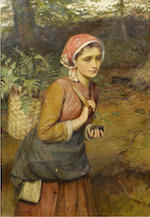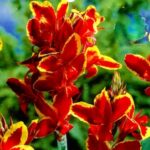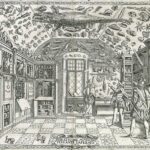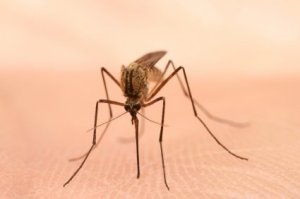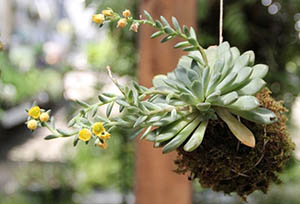Whilst dreaming of all the stuff I want to grow this spring and perusing the latest seed catalogs my eye catches a picture of a giant mountain of produce. What is this, I wonder.
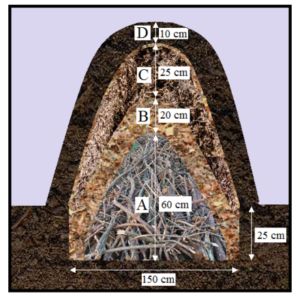
Turns out, it’s a hugel and growing plants in a hugel is called hugelculture. Hugelculture are no-dig raised beds. They hold moisture, build fertility, maximize surface volume for soil warming and are great spaces for growing fruit, vegetables and herbs. Developed centuries ago in Eastern Europe, permaculturists are drawing renewed attention to it now.
The part of this technique that is really compelling is that you are growing, but you are doing so as part of a composting process by employing raised planting beds constructed on top of decaying wood debris and other compostable biomass plant materials.
Hugelculture replicates the natural process of decomposition that occurs on forest floors. Trees that fall in a forest often become nurse logs, decaying and providing ecological facilitation to seedlings. Walk through the woods and you will see many fallen logs. A log that has rested on the forest floor for five or ten years will be covered in moss, mushrooms, wildflowers and even young trees. Poke at it and you will notice that the decaying wood is damp in all but the most serious of droughts. As the wood decays, its porosity increases allowing it to store water “like a sponge”. The water is slowly released back into the environment, benefiting nearby plants.
Start here for a simple definition: http://homesteadingstewards.com/gardening/huglekulture-hugelculture/
In California they are pushing the envelope with hugel pots and vertical hugels http://lowcostvegetablegarden.blogspot.co.uk/2012/10/garden-bed-construction.html
Don’t be put off by the article on vermicomposting toilets, it’s a goldmine of information http://www.permaculture.co.uk/articles/many-benefits-hugelkultur
Which trees to use and which to avoid clearly stated here, plus many videos http://www.richsoil.com/hugelkultur/
Speaking of videos, don’t forget You Tube. Search “hugelculture” and a variety of clips come up, long and short. Some even show you how to make a hugel with a foundation!
Finally, for more information, google the “Fathers of Hugelculture” and read about Sepp Holzer, the Austrian agricultural rebel, who almost went to prison for not pruning his fruit trees, Geoff Lawton, the down under permaculturist, and here in the USA, Paul Wheaton.
Now, who wants to build a hugel? If you are interested in working on a display hugel here at The Frelinghuysen, please email the Virtual Gardener, lparness@morrispark.net.
==Lesley Parness
